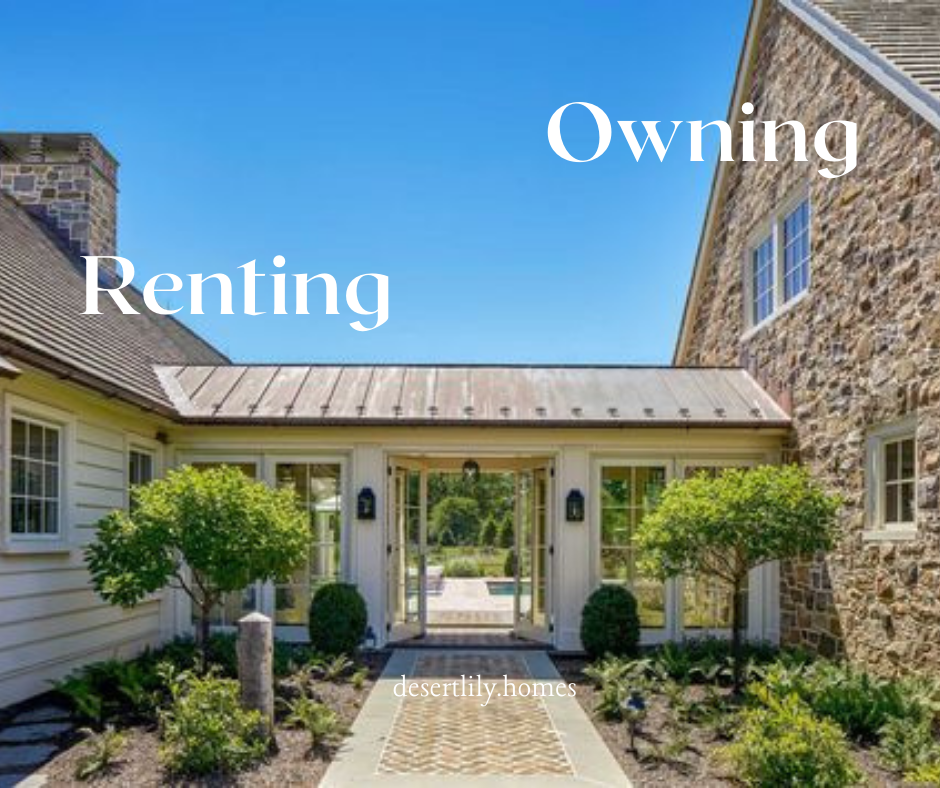Introduction
Rent-to-own homes are becoming an increasingly popular option for individuals seeking a pathway to homeownership without the upfront demands of a traditional mortgage. These programs offer a unique opportunity to transition from Rent-to-own, but they come with their own set of advantages and challenges. This article will provide a comprehensive overview of lease-to-own programs, helping you decide if they’re the right choice for your situation.

Section 1: What Is a Lease-to-Own Program?
A lease-to-own program, also known as a rent-to-own agreement, is a contractual arrangement that allows tenants to rent a property with the option to purchase it at the end of the lease period.
Key components of a lease-to-own agreement include:
- Lease Period: The length of time during which you rent the property before deciding whether to buy.
- Purchase Option: A predetermined price at which you can buy the property.
- Rent Credits: A portion of your rent payments that may be applied toward the purchase price.
These agreements often require an upfront option fee, which is typically non-refundable but applied toward the purchase if completed.
Section 2: Benefits of Lease-to-Own Programs

Lease-to-own programs offer several advantages, including:
- Flexibility in Transitioning to Homeownership: You can live in the property while preparing for the financial commitment of buying it.
- Opportunity to “Test Drive” the Home: Tenants can experience living in the property before making a long-term investment.
- Building Equity Over Time: Rent credits contribute to your equity, reducing the final purchase price.
- Access for Those with Less-than-Perfect Credit: These programs provide an alternative for individuals working to improve their creditworthiness.
Section 3: Potential Drawbacks

While Rent-to-own homes have benefits, they also come with risks and challenges, such as:
- Higher Rent Costs: Monthly rent may be higher than the market rate due to the inclusion of rent credits.
- Risk of Losing Rent Credits: If you decide not to buy the property, rent credits and option fees are typically forfeited.
- Legal and Financial Complexities: The agreements can be complicated, requiring careful review and expert advice.
- Limited Negotiating Power: The terms of the purchase are often fixed at the start of the agreement, leaving little room for flexibility.
Section 4: Who Should Consider Lease-to-Own?

Lease-to-own programs aren’t for everyone, but they may be ideal for:
- Individuals with Credit Challenges: Those needing time to improve their credit score while securing a home.
- People Saving for a Down Payment: If you’re close to having enough saved, a lease-to-own can bridge the gap.
- Buyers in Competitive Markets: This arrangement can help secure a property while preparing for financing.
However, it might not be suitable for those unwilling to commit to the purchase or who are uncertain about their long-term plans.
Section 5: Steps to Take Before Signing a Lease-to-Own Agreement
Before committing to a lease-to-own program, take the following steps:
- Evaluate Your Financial Readiness: Assess your budget and future ability to secure a mortgage.
- Research the Property and Market Value: Ensure the home’s price aligns with comparable properties in the area.
- Understand the Terms of the Agreement: Review every detail, including rent credits, purchase price, and option fees.
- Seek Advice: Consult a real estate professional or attorney to clarify legal and financial aspects.
Section 6: Alternatives to Lease-to-Own
If a lease-to-own program doesn’t feel right, consider these alternatives:
- Low Down Payment Mortgages: Options like FHA or VA loans can make homeownership more accessible.
- Traditional Renting and Saving: Continue renting while saving for a future purchase.
- Shared Equity Programs: These arrangements allow buyers to co-invest with another party to reduce costs.
Conclusion
Lease-to-own programs can be a valuable pathway to homeownership, particularly for individuals needing time to improve their financial standing or save for a down payment. However, it’s essential to weigh the benefits and drawbacks carefully, ensuring that the arrangement aligns with your long-term goals. Before making a decision, seek professional advice and fully understand the terms of your agreement.
Ready to explore lease-to-own opportunities? Contact a trusted real estate professional today to learn more! https://desertlily.homes/
To enhance your understanding of lease-to-own programs, here are some reputable resources:
- Investopedia’s Guide on Rent-to-Own Homes: This article provides a comprehensive overview of how rent-to-own homes work, including key steps and considerations.
- NerdWallet’s Explanation of Rent-to-Own: This resource explains the mechanics of rent-to-own contracts and what potential buyers should be aware of.
- Rocket Mortgage’s Insights on Rent-to-Own Homes: This guide outlines the process of purchasing a rent-to-own homes, detailing each step from budgeting to finalizing the purchase of.
These articles offer valuable information to help you make informed decisions about lease-to-own opportunities.
Frequently Asked Questions (FAQ)
- What is the difference between lease-to-own and renting? While renting involves paying for the temporary use of a property, lease-to-own agreements include an option to purchase the home at the end of the lease term. Additionally, a portion of the rent in lease-to-own arrangements often goes toward the eventual purchase price.
- Do I need a good credit score to qualify for lease-to-own? Not necessarily. Lease-to-own programs are often designed for individuals with credit challenges. However, improving your credit score during the lease term is crucial to securing a mortgage when it’s time to buy.
- Are lease-to-own agreements legally binding? Yes, lease-to-own agreements are legally binding contracts. It’s important to review all terms carefully and consult with a real estate attorney before signing.
- Can I back out of a lease-to-own agreement? While you can choose not to buy the property at the end of the lease, doing so typically means forfeiting any option fees and rent credits paid. Always weigh the financial implications before deciding.
- What happens if the property’s value changes during the lease period? The purchase price is usually locked in at the start of the lease. If the property’s value increases, you benefit from buying at a lower price. Conversely, if the value decreases, you may still be obligated to buy at the agreed price unless otherwise stated in the contract.
